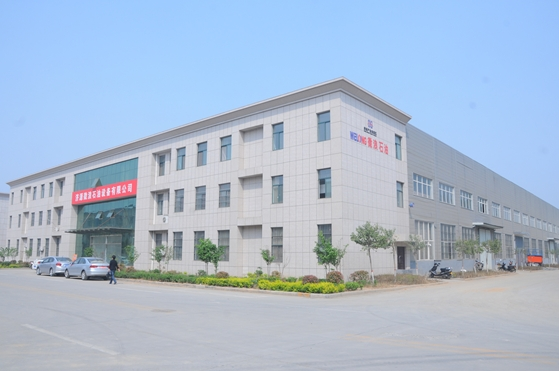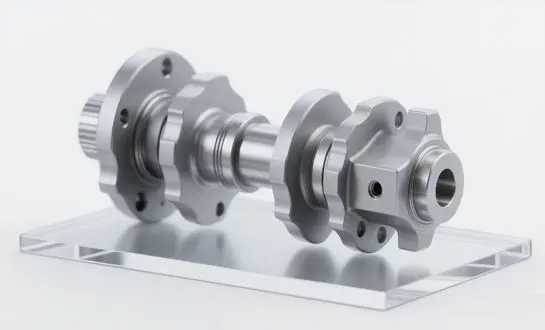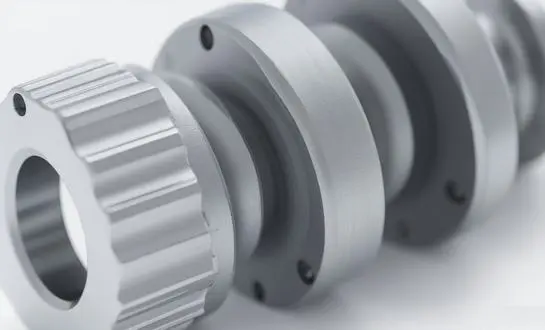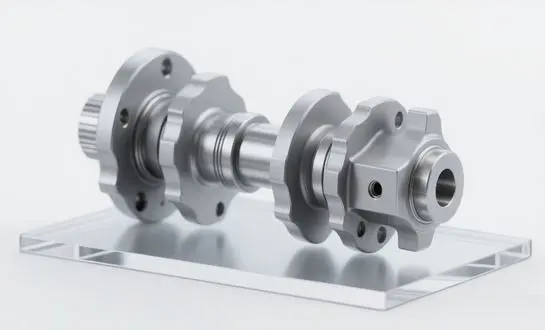It is important to figure out and fix these issues as soon as possible to keep everyone on the rig safe, quick, and productive. Case slide flaws can be caused by a number of things, such as normal wear and tear or bad treatment. Drilling workers can cut down on equipment downtime and make it last longer by learning to spot danger signs and doing regular maintenance.
5 Key Signs of Casing Slip Failure
Recognizing the symptoms of casing slip failure is essential for preventing accidents and costly delays. Here are five critical indicators that your the products may be compromised:
1. Visible Wear and Damage
Inspect your casing slips regularly for signs of excessive wear, such as:
- Rounded or flattened teeth
- Cracks or chips in the slip body
- Deformation of the slip segments
These visual cues often indicate that the slips are nearing the end of their service life and require replacement.
2. Inconsistent Gripping Force
If you notice variations in the gripping force applied by the casing slips, it could signal internal issues such as:
- Worn or damaged springs
- Misaligned slip segments
- Accumulation of debris within the mechanism
Inconsistent gripping can lead to slippage and potential dropped casing strings.
3. Difficulty in Engagement or Release
Casing slips should engage and release smoothly. If you experience resistance or sticking during operation, it may indicate:
- Corrosion or rust buildup
- Bent or damaged components
- Improper lubrication
Address these issues promptly to maintain optimal slip performance.
4. Unusual Noises During Operation
Listen for any abnormal sounds when using casing slips, such as:
- Grinding or squealing
- Clicking or popping
- Metallic scraping
These noises often signify internal component wear or misalignment that requires attention.
5. Visible Deformation of Casing
Inspect casing strings after use for signs of:
- Excessive indentation from slip teeth
- Uneven markings or scoring
- Distortion of the casing surface
These indicators suggest that the the products may be applying uneven pressure or have damaged gripping surfaces.
Expert Tips for Proper Slip Maintenance
Maintaining your casing slips is crucial for ensuring their longevity and reliability. Implement these expert-recommended practices to keep your equipment in top condition:
Regular Cleaning and Inspection
Establish a routine cleaning and inspection schedule:
- Remove dirt, mud, and debris after each use
- Check for signs of wear, damage, or corrosion
- Verify that all moving parts operate smoothly
Thorough cleaning prevents the buildup of abrasive materials that can accelerate wear.
Proper Lubrication
Apply appropriate lubricants to maintain smooth operation:
- Use high-quality, temperature-resistant greases
- Lubricate all pivot points and sliding surfaces
- Follow manufacturer recommendations for lubricant types and frequency
Proper lubrication reduces friction, prevents corrosion, and extends the life of your casing slips.
Storage and Handling Best Practices
Protect your casing slips when not in use:
- Store in a clean, dry environment
- Use protective covers to shield from dust and moisture
- Handle with care to prevent drops or impacts
Proper storage and handling prevent unnecessary damage and deterioration.
Training and Certification
Invest in your team's expertise:
- Provide comprehensive training on casing slip operation and maintenance
- Ensure operators are certified and up-to-date on best practices
- Conduct regular safety briefings and refresher courses
Well-trained personnel are essential for maximizing the performance and longevity of your products.
Innovative Solutions to Extend Slip Lifespan
Advancements in technology and materials science have led to innovative solutions for enhancing casing slip durability and performance. Consider these cutting-edge approaches:
Advanced Materials and Coatings
Explore new materials and surface treatments:
- Carbide-infused slip inserts for increased wear resistance
- Nano-coatings to reduce friction and prevent corrosion
- Composite materials that offer improved strength-to-weight ratios
These advancements can significantly extend the service life of your casing slips.
Smart Monitoring Systems
Implement digital solutions for real-time performance tracking:
- Integrated sensors to measure gripping force and wear
- Predictive maintenance algorithms to anticipate failures
- Remote monitoring capabilities for off-site analysis
Smart systems enable proactive maintenance and optimize slip performance.
Modular Design Concepts
Consider casing slips with modular components:
- Easily replaceable wear parts
- Interchangeable slip segments for various casing sizes
- Quick-change mechanisms for reduced downtime
Modular designs facilitate faster repairs and adaptability to different drilling conditions.
Conclusion
Effective troubleshooting and maintenance of casing slips are vital for guaranteeing safe and effective drilling operations. Casing slip equipment may be kept in top working order for as long as possible by drilling crews who are aware of the warning signals, do regular maintenance, and are open to new ideas. Superior designs, helpful technical assistance, and long-lasting components are all available from reputable casing slip manufacturers. To avoid expensive breakdowns and boost operational performance, it is important to do regular inspections, provide appropriate care, and invest in cutting-edge technology.
FAQ
Q1: How often should casing slips be inspected?
A1: The products should be visually inspected before each use and undergo a thorough examination at least once per month or as recommended by the manufacturer.
Q2: Can worn casing slips be repaired?
A2: Minor wear can often be addressed through resurfacing or replacing individual components. However, severely worn or damaged slips should be replaced entirely to ensure safety and reliability.
Q3: What factors affect the lifespan of casing slips?
A3: The lifespan of the product is influenced by factors such as frequency of use, operating conditions, maintenance practices, and the quality of the slips themselves.
Partner with a Trusted Casing Slip Manufacturer
When it comes to ensuring the reliability and performance of your drilling operations, choosing the right casing slip manufacturer is paramount. Welong stands out as a leading supplier of high-quality casing slips, backed by over two decades of industry experience and a commitment to excellence. Our ISO 9001:2015 and API 7-1 certifications guarantee that you're investing in products that meet the highest standards of quality and safety.
Don't compromise on the integrity of your drilling equipment. Contact Welong today at oiltools15@welongpost.com to discuss your product needs and discover how our expertise can enhance your operations. With Welong, you're not just purchasing a product – you're gaining a partner dedicated to your success in the challenging world of oil and gas exploration.
References
1. Johnson, R. T., & Smith, A. B. (2024). "Advanced Maintenance Strategies for Oilfield Equipment." Journal of Petroleum Technology, 76(3), 45-52.
2. Zhang, L., et al. (2023). "Wear Mechanisms in Casing Slips: A Comprehensive Analysis." Wear, 498, 204356.
3. Brown, M. K. (2025). "Innovations in Casing Slip Design for Deep-Water Applications." Offshore Technology Conference Proceedings, OTC-12345-MS.
4. Garcia, D. R., & Williams, P. J. (2024). "Safety Considerations in Casing Running Operations." SPE Drilling & Completion, 39(2), 123-135.
5. Lee, S. H., et al. (2023). "Material Advancements for Enhanced Casing Slip Performance." Materials Science and Engineering: A, 845, 143251.
6. Anderson, T. E. (2025). "Predictive Maintenance Techniques for Drilling Equipment." SPE Annual Technical Conference and Exhibition, SPE-98765-MS.





